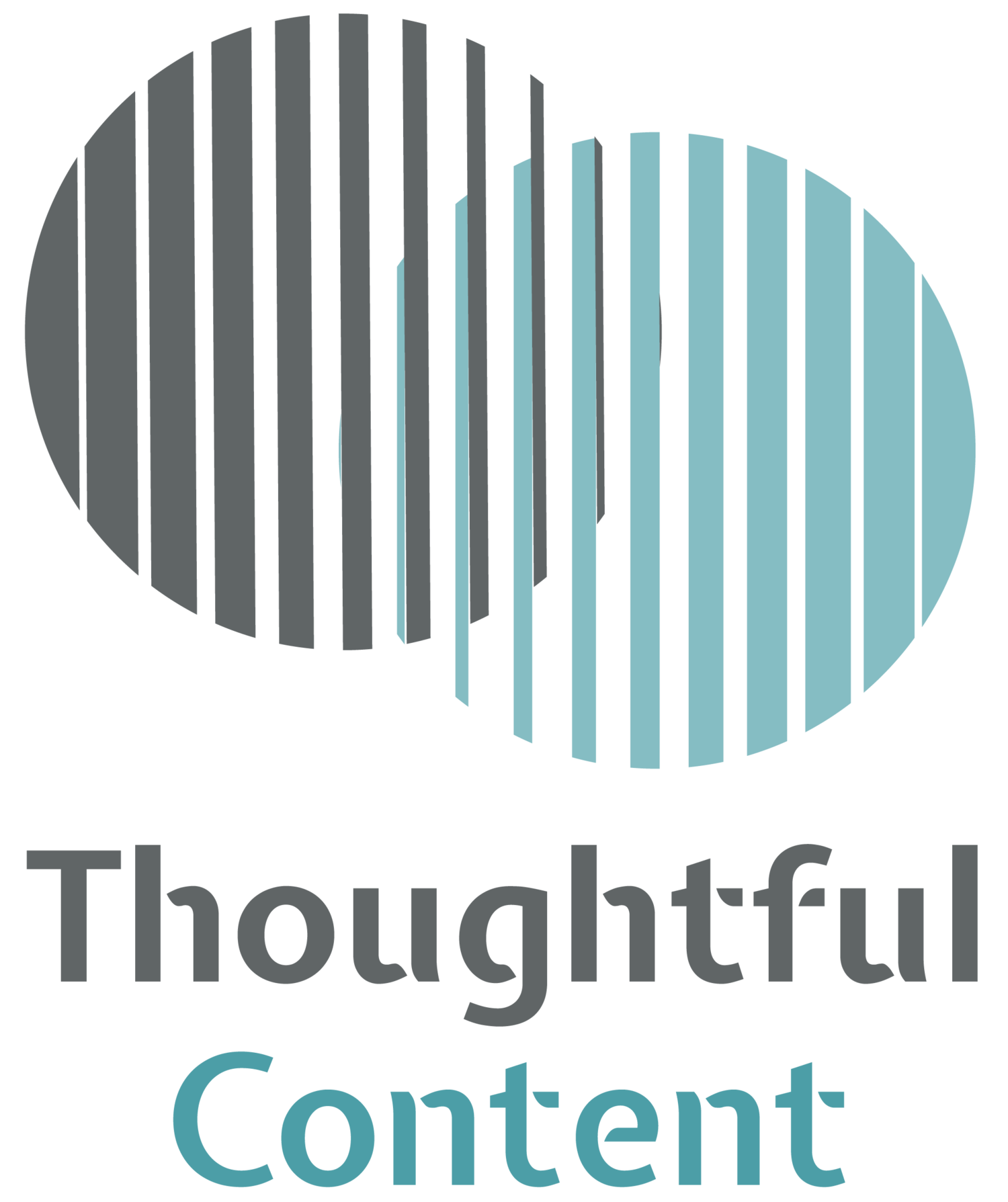Guest blog: Health misinformation in practice
By Madeehah Reza
Madeehah Reza, pharmacist/health writer and author of this blog in a flower garden!
As a pharmacist, I've seen my fair share of patients reluctant to follow health advice. Sometimes, it’s because they believe claims based on false information. This can be frustrating on both sides of the system as both the healthcare professional (HCP) and the patient think that no one is listening.
There are several reasons why patients choose to believe misinformation. These include a lack of trust in the healthcare system and following alternative medicine.
Distrust in the healthcare system
Distrust can form from a patient’s personal experience or from what they’ve heard from family and friends. Our healthcare system works tirelessly to provide excellent patient care but it’s not a perfect system. Negative experiences can still happen. This could be because of a rude member of staff, a mismanaged appointment, or even a diagnosis that came too late.
A buildup of negative experiences can lead to an overall lack of trust in the system. When that same system tries to tell you ‘what’s good for your health,’ you just won’t believe it. The rationality of it doesn’t matter because the system has failed you once, twice or several times. Therefore, the system must be wrong.
Interest in alternative medicine
Modern medicine is built on the foundation of evidence-based care, but we can only go as fast as the research takes us. Many health conditions lack treatment research which can leave patients frustrated. They’ll often do their own research on potential remedies. Patients may find comfort and perceived cures from alternative medicine.
This can include herbal medicine, homeopathy and acupuncture. Many health care professionals and health communicators are aware of the drawbacks of alternative medicine. You may have even advised your patients and audiences of this.
But those same patients have found acceptable treatments in alternative medicine. By warning patients against these treatments, they may think you’re dismissing their experience. They may also be sceptical of your treatment knowledge. Do they really know what they’re talking about if they’re not even aware of X treatment?
So what can healthcare professionals and healthcare communicators do to combat misinformation?
1) Build trust with your audience
Building trust with your audience won’t happen overnight, but small actions matter. If you work face to face, giving people a few extra minutes in a consultation can make all the difference. As health communicators, try to be open in responding to comments and suggestions.
Our healthcare system can often feel impersonal and sterile. In reality, healthcare is about patients, who are people. Let your audience know you see them as just that: a real person.
If your audience sees you as a trusted, empathetic source of information and advice, they’re more likely to give weight to your opinion.
2) Address people’s concerns, not what you want them to hear
“I don’t want to take a statin because it makes you lose your memory.”
This false claim spread due to poor quality clinical studies, but the public don’t want to hear that. They want to know how you’re going to fix their concern.
What’s their concern? Ask them. As a health communicator, put out a survey or questionnaire to find out your audiences’ worries and experiences. Research like this is invaluable in creating sensitive and responsive patient-focused content.
If you’re having a consultation, point your patient in the direction of the aims of their care. In this case, it’s to treat high cholesterol to prevent heart disease. Ask what’s important to them: making sure they can live the best quality of life in the next 10 years, or avoiding medication altogether. Get their perception on treatment and have a discussion.
3) Validate their experiences
Negative experiences might not always be objectively negative. But if your audience or the person you’re supporting has perceived an episode of healthcare negatively, don’t dismiss their claim. If there is a common thread of negative experiences in your audience, listen to that.
Take it in your stride and make sure their experience with you is the opposite: one in which they can walk away feeling confident in you, the information you’ve provided and, most importantly, confident in their health choices.
References:
https://www.medicallewstoday.com/articles/why-do-some-people-believe-health-misinformation
https://journals.lww.com/jphmp/fulltext/2020/05000/misinformation__a_threat_to_the_public_s_health.15.aspx
https://www.jmir.org/2021/1/e17187/
https://www.health.harvard.edu/heart-health/4-myths-about-statins

